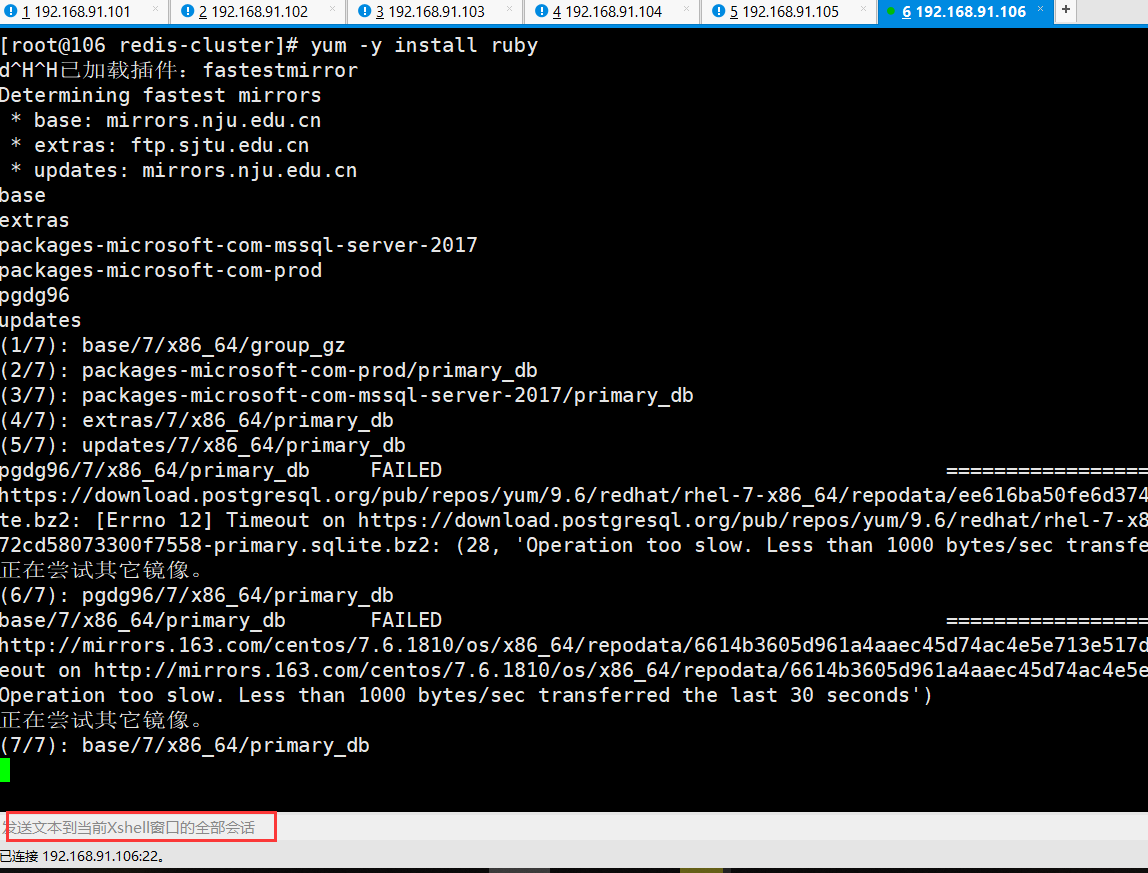例如
proc { |x = 0| }.arity #=> 0
lambda { |a = 0| }.arity #=> -1
proc { |x=0,y| }.arity #=> 1
lambda { |x=0,y| }.arity #=> -2
解决方法
Returns the number of arguments that would not be ignored. If the block is declared to take no arguments,returns 0. If the block is kNown to take exactly n arguments,returns n. If the block has optional arguments,return -n-1,where n is the number of mandatory arguments. A proc with no argument declarations is the same a block declaring || as its arguments.
该文档忘记提到的是procs和lambda不以正确的方式处理参数,例如:
>> p = proc { |a = 1,b| b }
=> #<Proc:0x007ff0091ef810@(irb):1>
>> l = lambda { |a = 1,b| b }
=> #<Proc:0x007ff0098099f8@(irb):2 (lambda)>
>> p.call
=> nil
>> l.call
ArgumentError: wrong number of arguments (0 for 1..2)
from (irb):2:in `block in irb_binding'
from (irb):4:in `call'
from (irb):4
from /usr/local/bin/irb:12:in `<main>'
编辑:来自O’Reilly的Ruby编程语言是具有更多细节的Ruby编程语言:
6.5.3 The Arity of a Proc
The arity of a proc or lambda is the number of arguments it expects.
(The word is derived from the “ary” suffix of unary,binary,ternary,
etc.) Proc objects have an arity method that returns the number of
arguments they expect. For example:06001
The notion of arity gets confusing when a Proc accepts an arbitrary
number of argu- ments in an *-prefixed final argument. When a Proc
allows optional arguments,the arity method returns a negative number
of the form -n-1. A return value of this form indicates that the Proc
requires n arguments,but it may optionally take additional arguments
as well. -n-1 is kNown as the one’s-complement of n,and you can
invert it with the ~ operator. So if arity returns a negative number
m,then ~m (or -m-1) gives you the number of required arguments:06002
There is one final wrinkle to the arity method. In Ruby 1.8,a Proc
declared without any argument clause at all (that is,without any ||
characters) may be invoked with any number of arguments (and these
arguments are ignored). The arity method returns –1 to indicate that
there are no required arguments. This has changed in Ruby 1.9: a Proc
declared like this has an arity of 0. If it is a lambda,then it is an
error to invoke it with any arguments:06003
http://www.ruby-doc.org/core-2.0/Proc.html#method-i-call
For
procscreated usinglambdaor->()an error is generated if the wrong number of parameters are passed to aProcwith multiple parameters. Forprocscreated usingProc.neworKernel.proc,extra parameters are silently discarded.


